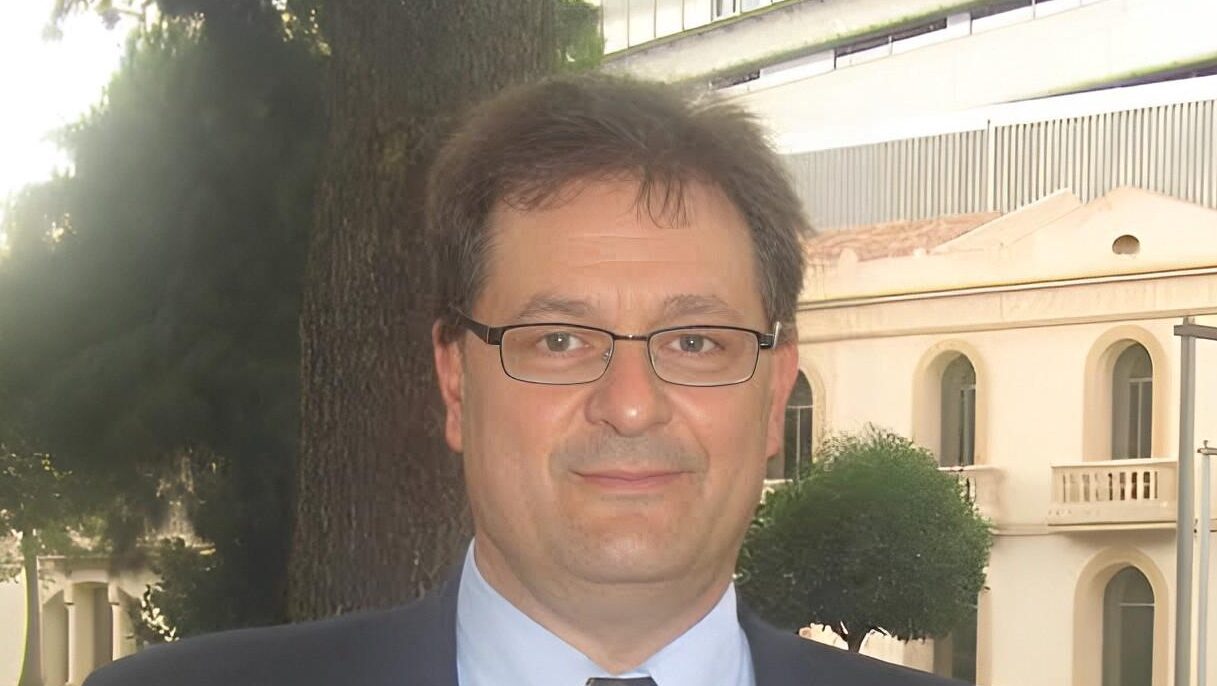Miguel Bronchud, Co-Founder and Advisory Board at Regenerative Medicine Solutions, shared a post on LinkedIn about a recent paper by Linda J Williams et al., commenting:
“Adjuvant radiotherapy after breast conserving surgery prevents local recurrence of breast cancer in the first decade but does not significantly increase survival? In women aged younger than 70 years with early breast cancer tumours ≤4 cm [T1 or T2 and N0 or N1]
In this old randomised, controlled, phase 3 trial across 14 hospitals in Scotland, women aged younger than 70 years with early breast cancer tumours ≤4 cm [T1 or T2 and N0 or N1] were included. They underwent breast-conserving surgery of 1 cm margin with axillary node sampling or clearance.
Estrogen receptor (ER)-rich patients (≥20 fmol/mg protein) received 20 mg oral tamoxifen daily for 5 years. ER-poor patients with <20 fmol/mg protein received Cyclophosphamide Methotrexate Fluorouracil (CMF) classic chemotherapy cyclophosphamide 600 mg/m2, methotrexate 50 mg/m2, and fluorouracil 600 mg/m2 every 21 days intravenously in eight courses. Stratification was by menstrual status within or more than 12 months from last menstrual period and ER status (oestrogen concentration ≥20 fmol/mg protein, <20 fmol/mg protein, or unknown) and patients were randomly assigned (1:1) to high-dose (50 Gy in 20–25 fractions) local or locoregional radiotherapy versus no radiotherapy.
No other important markers like HER-2 or genomics signatures were used at the time. No blinding was possible due to the nature of the treatment. They report the primary endpoint of the original trial, ipsilateral breast tumour recurrence, and the co-primary endpoint, overall survival with 30 years follow up. Between April 1, 1985, and Oct 2, 1991, 589 patients were enrolled and randomly assigned to the two treatment groups 293 to radiotherapy and 296 to no radiotherapy. After exclusion of four ineligible patients two in each group, there were 291 patients in the radiotherapy group and 294 patients in the no radiotherapy group. Median follow-up was 17·5 years (IQR 8·4–27·9).
Ipsilateral breast tumour recurrence was significantly lower in the radiotherapy group than in the no radiotherapy group (46 [16%] of 291 vs107 [36%] of 294; HR 0·39 [95% CI 0·28–0·55], p<0·0001).
Although there were differences in the hazard rate for ipsilateral breast tumour recurrence in the first decade after treatment (HR 0·24 [95% CI 0·15–0·38], p<0·0001), subsequent risks of ipsilateral breast tumour recurrence were similar in both groups (0·98 [0·54–1·79], p=0·95).
There was no difference in overall survival between the two groups (median 18·7 years [95% CI 16·5–21·5] in the no radiotherapy group vs 19·2 years [16·9–21·3] in the radiotherapy group; HR 1·08 [95% CI 0·89–1 ·30], log-rank p=0·43).
They suggest that patients ‘whose biology predicts a late relapse’ perhaps a precise predictive genomic signature should be considered and confirmed? – a decade or more after breast-conserving surgery for early breast cancer might gain little from adjuvant radiotherapy.
Postoperative radiotherapy in women with early operable breast cancer (Scottish Breast Conservation Trial): 30-year update of a randomised, controlled, phase 3 trial published in The Lancet Oncology.
Authors: Linda J Williams, Ian H Kunkler, Karen J Taylor, Joanna Dunlop, Tammy Piper, Jacqueline Caldwell, Wilma Jack, Joseph F Loane, Kenneth Elder, John M S Bartlett, J Michael Dixon, David A Cameron.

